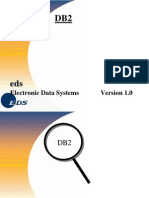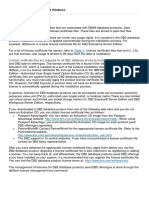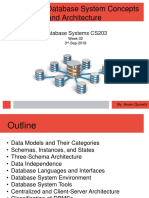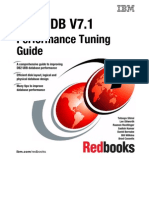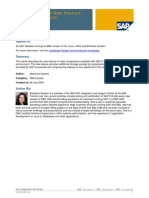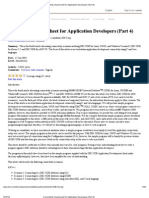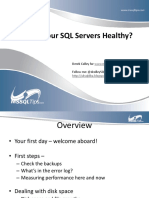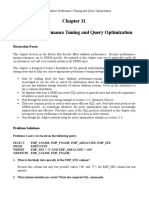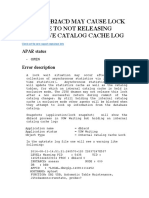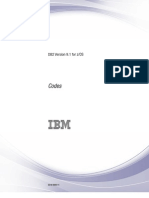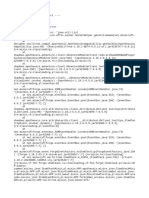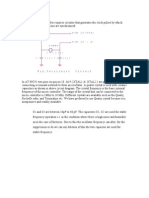0% found this document useful (0 votes)
123 views59 pagesEmber Basics - Monitoring - Troubleshooting - Virtual
The document provides an overview of tools for monitoring and troubleshooting Db2, including the Db2 documentation, error messages, and diagnostic log. It discusses troubleshooting methodology, such as taking a systemic approach, not pointing fingers, looking in common places first, and asking extensive questions. Specific monitoring tools are also covered, including db2top, dsmtop, dmctop, monreport, and mon_get.
Uploaded by
spessoagCopyright
© © All Rights Reserved
We take content rights seriously. If you suspect this is your content, claim it here.
Available Formats
Download as PDF, TXT or read online on Scribd
0% found this document useful (0 votes)
123 views59 pagesEmber Basics - Monitoring - Troubleshooting - Virtual
The document provides an overview of tools for monitoring and troubleshooting Db2, including the Db2 documentation, error messages, and diagnostic log. It discusses troubleshooting methodology, such as taking a systemic approach, not pointing fingers, looking in common places first, and asking extensive questions. Specific monitoring tools are also covered, including db2top, dsmtop, dmctop, monreport, and mon_get.
Uploaded by
spessoagCopyright
© © All Rights Reserved
We take content rights seriously. If you suspect this is your content, claim it here.
Available Formats
Download as PDF, TXT or read online on Scribd
/ 59













